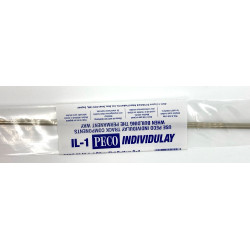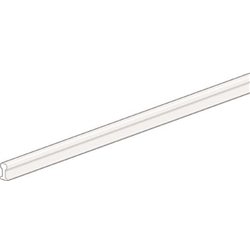Based on the principle of a closed-loop, the smallest effective baseboard size for N Gauge is a baseboard of 20...
No products
Product successfully added to your shopping cart
There are 0 items in your cart. There is 1 item in your cart.
Search Tips
Christmas and New Year
Due to public holidays, orders will be next dispatched on Monday 29th.
If you select next day delivery at checkout, please note deliveries are not made on New Year's Day or Sundays.
The shop in Sandown is closed on Saturday 27th December and will reopen on Tuesday 30th December.
Tuesday 30th: 10am to 4.30pm - Wednesday 31st: 10am to 2.30pm - Thursday 1st: closed - Friday onwards: 10am to 4.30pm.
What is broad gauge?
'Broad gauge' refers to a track gauge (the distance between the two rails) wider than the standard gauge of 4 feet 8½ inches (1,435 mm).
Specifically, the broad gauge in British railway history was a track gauge of 7 feet ¼ inch (2,140 mm), which was used by the Great Western Railway (GWR) and associated companies in the United Kingdom during the 19th century.
The GWR's broad gauge system was eventually converted to standard gauge between 1854 and 1892, due to the predominance of standard gauge across the rest of the British rail network. However, many enthusiasts and modellers in the UK still recreate and model the broad gauge era, particularly GWR locomotives and rolling stock from that period.
For a UK modeller interested in recreating the broad gauge, they would need to construct track with a wider spacing of 7 feet ¼ inch and use models specifically designed or modified for that gauge. This allows for accurate representation of the unique locomotives, carriages, and wagons that were built to run on the GWR's broad gauge lines.
Click here to receive the tips weekly in your mailbox. You can unsubscribe at any time.










